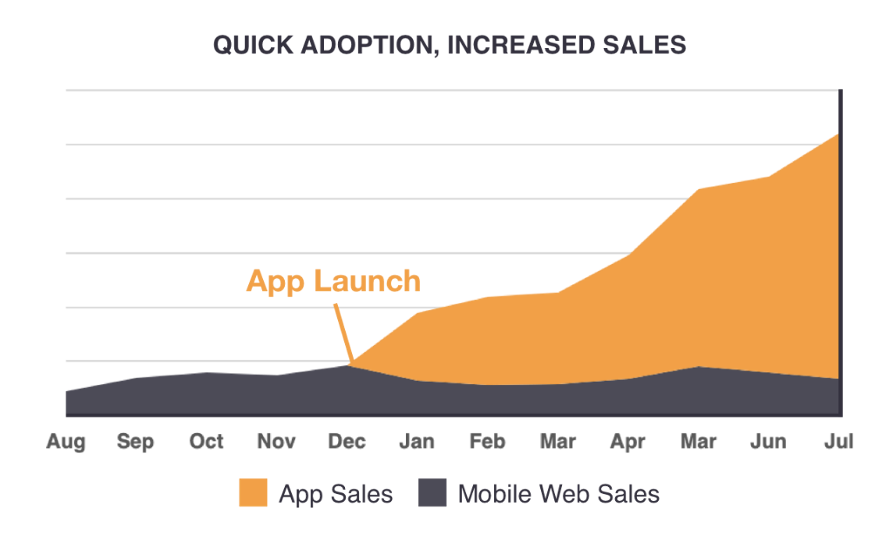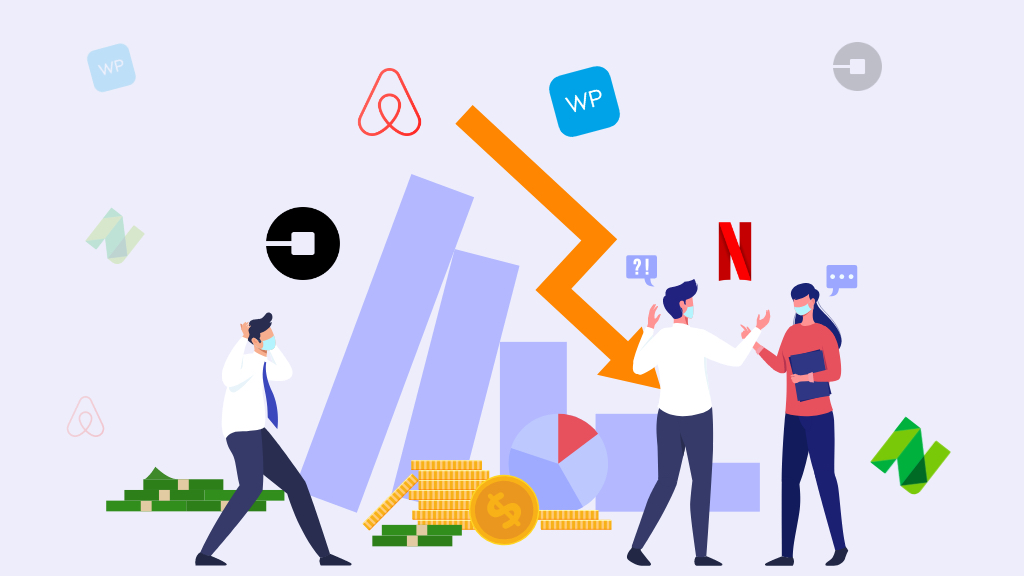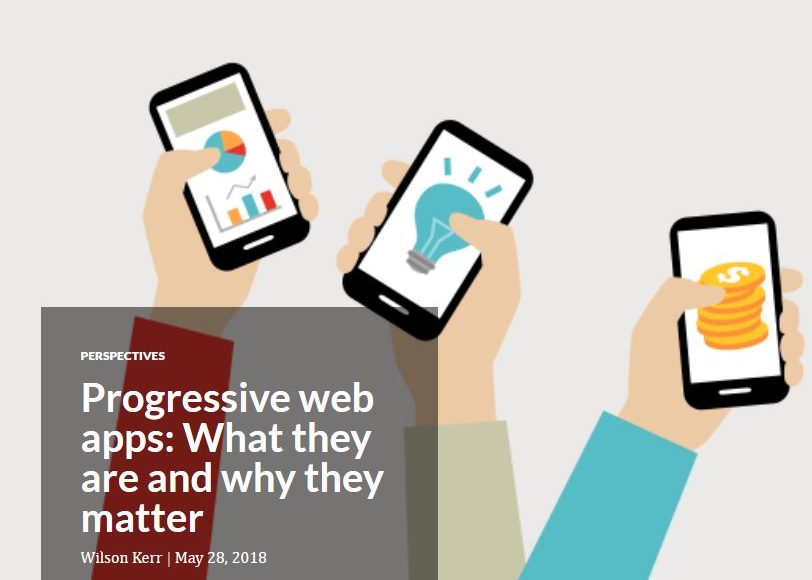Mobile Apps: Why Delaying Can Be So Costly
Launching a commerce-enabled mobile app is a strategic business move that can significantly impact your bottom line. And yet many companies put off building an app. In this post, we will examine the two main reasons apps are delayed. We will point out the potential opportunity losses related to this delay. And we will highlight some of the reasons a mobile app should be viewed as an essential new sales channel, rather than a discretionary nice-to-have.
Several months ago, there were concerns about an impending recession. This led many companies to cut discretionary spending and postpone planned technical projects, including the launching of apps. Many retailers and wholesalers want an app but have been hesitant, waiting for improved market conditions. Others have delayed offering an app because they are considering re-platforming to another eCommerce vendor. They don’t want to start an app project and then have to reconfigure it.
Why Shouldn’t I be Hesitant?
The recent market performance suggests a shift is underway. In May 2023, the Nasdaq 100, considered the global tech benchmark, recorded an impressive 8.4 percent increase. This marks its most robust May performance since 2005. Year-to-date, the Nasdaq 100 has outperformed the broader US benchmark, the S&P 500, delivering a return of 31 percent compared to a 9.5 percent increase in the S&P 500. The positive jobs report from May signaled to investors that the long-anticipated recession may no longer be imminent for the economy or, at the very least, pushed off until 2024. Companies delaying technical projects might want to seize this moment of relief.
While it may be tempting to put off an app when considering a re-platform to a new eCommerce vendor, the reality is that a typical eCommerce re-platform is a heavy lift and takes 9-12 months, at a minimum. The lost opportunity costs of not offering an app during this delay can be significant. Most custom app development companies, including Unbound, can reconfigure a launched app to integrate with a new eCommerce platform fairly easily. Often, the re-platform takes far longer than expected and this only adds to the lost opportunity impact of not having an app during the interim.
Here are some factors to consider regarding the changing consumer environment, the advantages of offering an app, and the negative impacts of not having one.
A Shift in Consumer Behavior.
Consumer behavior has undergone a significant shift towards mobile-centric experiences and the demand for mobile apps continues to grow rapidly. According to Statista, global mobile app revenues are projected to reach $935.2 billion in 2023. With a growing number of consumers preferring to shop via mobile apps, delaying your app launch means continuing to miss out on taking full advantage of this trend. Mobile app development should be seen as an essential channel for sales rather than discretionary spending, as it aligns with the changing behaviors and preferences of most target audiences.
Early Market Entry.
Being an early entrant in the market provides significant advantages. Research from CB Insights reveals that approximately 70% of startups fail due to premature scaling or late market entry. By launching your app, you can establish your brand presence, capture market share, and build a loyal user base before competitors enter the space. A first-mover advantage can be instrumental in securing a strong market position.
Iterative Development and User Feedback.
Launching an app allows you to gather valuable user feedback and insights. The iterative development process enables you to refine and enhance your app based on real user experiences. By listening to early adopters, you can identify areas for improvement, address pain points, and deliver a more polished and user-centric app. Delaying the launch means delaying this crucial feedback loop, hindering your app’s potential for long-term growth and success.
Capitalizing on Trends.
The mobile app landscape is dynamic, with trends evolving rapidly. By launching your app promptly, you have the opportunity to capitalize on emerging trends and market shifts. Scanning and Augmented Reality are good examples. Staying ahead of the curve allows you to align your app with changing user preferences, technologies, and market demands. Waiting might result in missed opportunities as trends shift or competitors gain traction.
Sales Potential and Customer Reach.
A commerce-enabled mobile app opens up new avenues for sales and expands your customer reach. According to eMarketer, US mobile e-commerce sales are projected to reach $510 billion in 2023 and jump to $710 billion by 2025. According to JP Morgan, apps make up 54% of all completed mobile commerce transactions. By delaying your app launch, you risk missing out on capturing a significant share of the mobile commerce market and the associated sales opportunities.
Competitive Advantage.
In today’s fast-paced digital world, competition is fierce. Launching a mobile app expeditiously can give you a competitive advantage by differentiating your brand and providing unique value to the most-valuable slice of your target audience, not to mention your sales reps. Delaying your app’s launch could allow competitors to establish themselves, making it more challenging to stand out and capture user attention.
Customer Engagement and Higher Conversions.
Mobile apps offer convenience and personalized experiences that can significantly enhance customer engagement and drive sales. Studies have shown that customers spend more time on mobile apps compared to mobile websites, resulting in increased opportunities for product discovery, repeat purchases, and 2-6X higher conversion rates.
Mobile apps have become indispensable for both retail and wholesale online businesses, offering increased sales opportunities, more personalization, deeper customer engagement, loyalty program integration, and valuable data-driven insights that allow you to evolve the app as you go. By launching a custom mobile app, you can fully leverage the immense potential of mobile eCommerce, gain a competitive edge, foster customer loyalty, and drive incremental revenue growth.
Remember, every day you delay your app launch is a missed opportunity. You’ll need to wait to connect with customers, generate sales, and establish your presence in the mobile-driven marketplace. Adding a B2C or B2B mobile app is an essential new sales channel. Doing so positions your business for success in the (increasingly mobile) digital age. And remember, we can reconfigure your app to your new eCommerce platform. You can avoid the need to wait until after you re-platform.
Unbound Commerce makes the process easy and the first step is a free Needs Assessment call, at no obligation. We promise, no sales pitch! We specialize in customer service and have built and launched over 600 mobile solutions for our customers. Contact us today!















